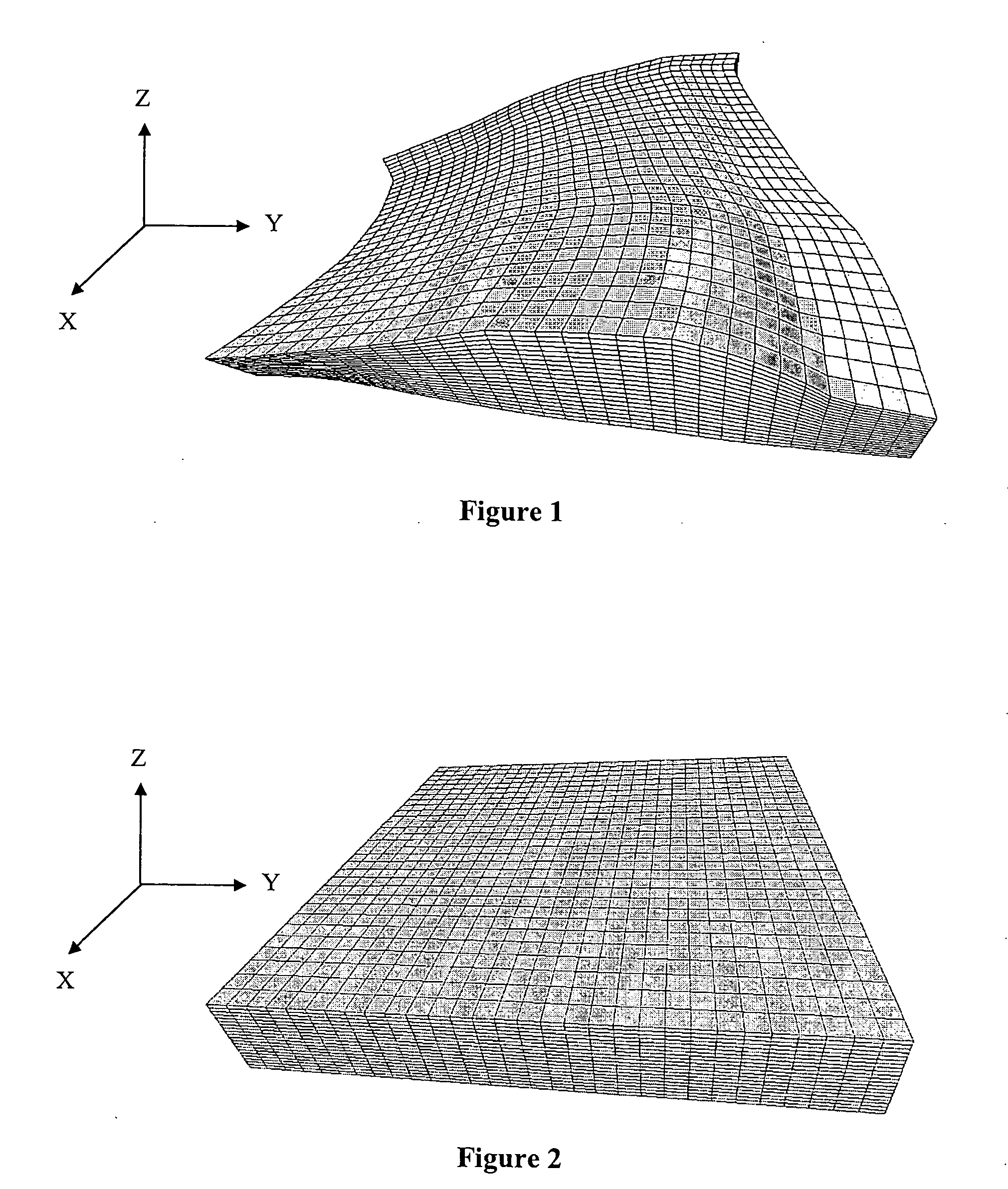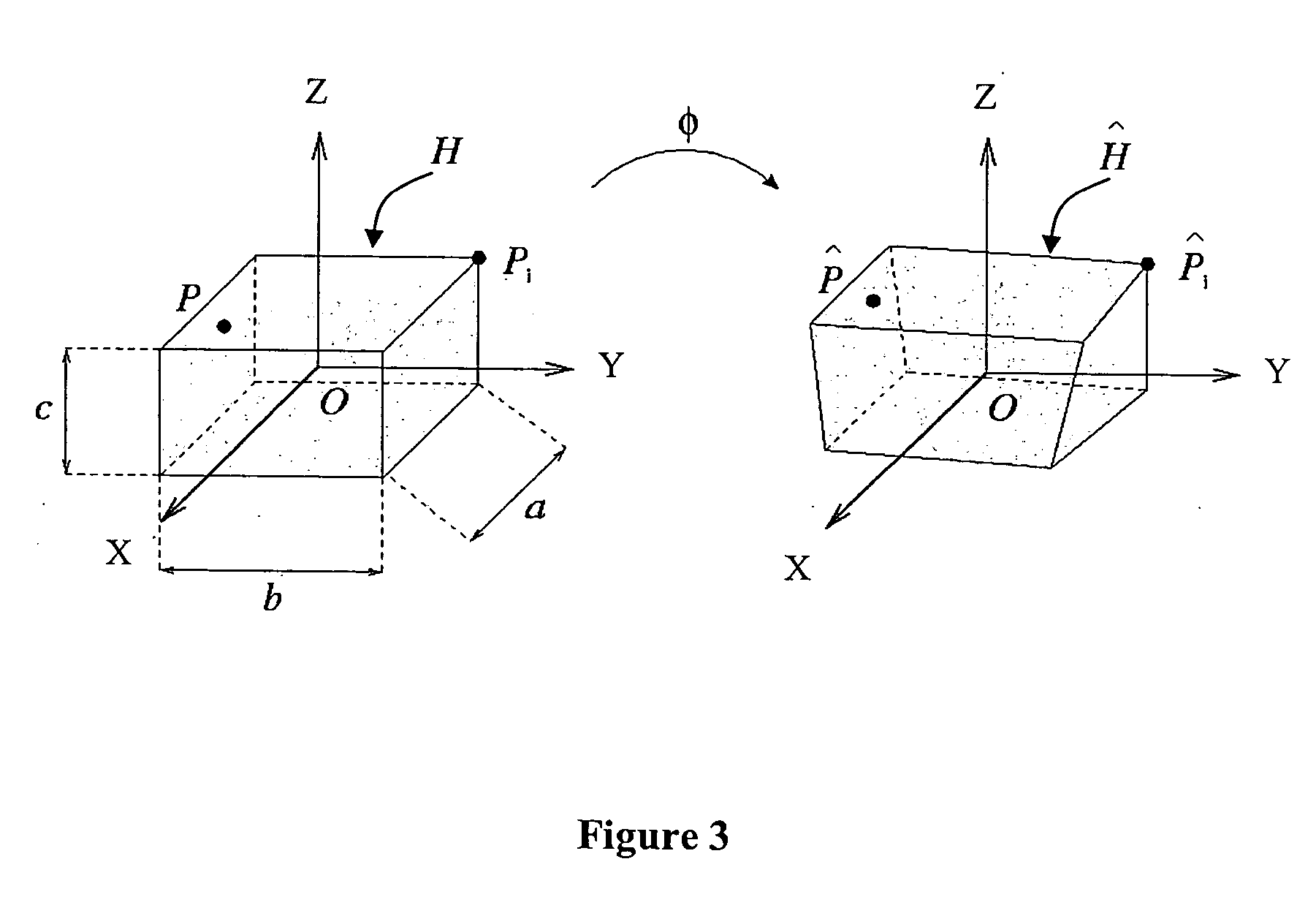Method for simulating fluid flows within a medium discretized by a hybrid grid
a hybrid grid and fluid flow technology, applied in the field of method for evaluating fluid flow within a heterogeneous formation, can solve the problems of inability to apply grid techniques in these fields, and inability to use finite difference and finite element type methods. to achieve the effect of rapid and very penal memory requirements, and the inability to simulate reservoirs using finite difference and finite element type methods
- Summary
- Abstract
- Description
- Claims
- Application Information
AI Technical Summary
Benefits of technology
Problems solved by technology
Method used
Image
Examples
Embodiment Construction
[0059] The method according to the invention allows generation of a 3D hybrid grid allowing accounting for physical phenomena occurring close to geometric discontinuities, such as wells or fractures, during reservoir simulations. This grid is, on the one hand, suited to the complexity of the geometry of the geologic structure studied and, on the other hand, to the radial directions of flow in the vicinity of the wells, in drainage zones. In the petroleum sphere, it is also necessary for these grids to be admissible in the finite volume sense. To meet this condition, the grid should have the following properties: [0060] discretization of the flow equations is carried out by two-point approximations. This implies that, through a single face, a cell cannot have more than one neighboring cell. This property is known as conformity, [0061] to express the pressure gradient along the normal to a face, a two-point approximation between the two adjacent cells is used (numerical schemes where ...
PUM
 Login to View More
Login to View More Abstract
Description
Claims
Application Information
 Login to View More
Login to View More - R&D
- Intellectual Property
- Life Sciences
- Materials
- Tech Scout
- Unparalleled Data Quality
- Higher Quality Content
- 60% Fewer Hallucinations
Browse by: Latest US Patents, China's latest patents, Technical Efficacy Thesaurus, Application Domain, Technology Topic, Popular Technical Reports.
© 2025 PatSnap. All rights reserved.Legal|Privacy policy|Modern Slavery Act Transparency Statement|Sitemap|About US| Contact US: help@patsnap.com



